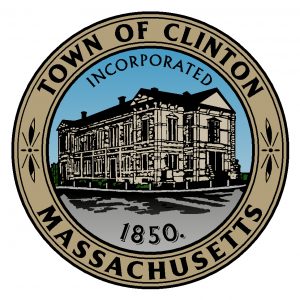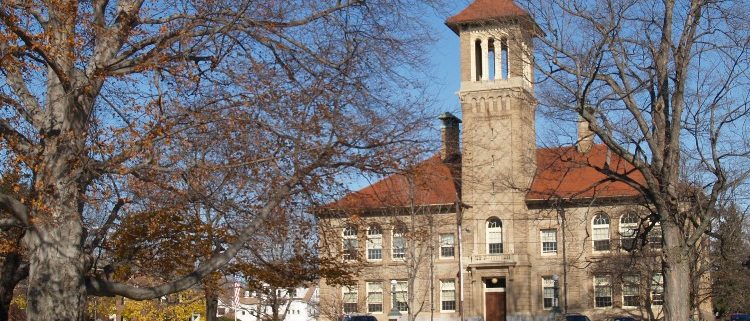Clinton Tax Vote
In December, Clinton’s Board of Selectmen took a historic step and voted to narrow the divide between residential and commercial tax rates by four percent. This brought the business community’s share of the Town’s property tax burden to 154 percent of the residential levy. Massachusetts allows two models for property taxes: single and dual rates. The single rate means that both residential and commercial properties are taxed at the same level. Meanwhile, a dual rate system dictates that one group – businesses- shoulders more of the burden and pays a higher share of taxes based on a property’s assessed value.
 A single rate tax system has come to be recognized as a key indicator that a community is open for business, and the Selectmen acknowledged this at their annual tax classification hearing. Through a spirited and sometimes contentious discussion, the Board’s majority pointed out that the Town needed to do everything within its power to attract and promote growth. If Selectmen hoped to reduce the tax share carried by voters, the only responsible method would be to attract new commercial investment. Doing so would raise the value of the community’s vacant or underutilized commercial properties and further disperse the annual levy- lowering average tax bills in the process. Though they acknowledged that taxes were not the only factor that could impact a business owner’s decisions, they recognized that others- such as demographic shifts and economic trends- existed well beyond their immediate influence. Voting to continue moving towards a single rate, however, stood out as a clear step they could take that night.
A single rate tax system has come to be recognized as a key indicator that a community is open for business, and the Selectmen acknowledged this at their annual tax classification hearing. Through a spirited and sometimes contentious discussion, the Board’s majority pointed out that the Town needed to do everything within its power to attract and promote growth. If Selectmen hoped to reduce the tax share carried by voters, the only responsible method would be to attract new commercial investment. Doing so would raise the value of the community’s vacant or underutilized commercial properties and further disperse the annual levy- lowering average tax bills in the process. Though they acknowledged that taxes were not the only factor that could impact a business owner’s decisions, they recognized that others- such as demographic shifts and economic trends- existed well beyond their immediate influence. Voting to continue moving towards a single rate, however, stood out as a clear step they could take that night.
The North Central Massachusetts Chamber of Commerce was present at the meeting and testified to the importance of reducing this shift and moving towards a more balanced tax system that encourages business development. In particular, the Chamber spoke to the impact felt by the types of small businesses which make Clinton unique. “Though some would argue that business owners can afford a higher levy,” stated Chamber President Roy Nascimento in his testimony, “these taxes can prove a serious hardship to the local businesses which typify Main Street.” He went on to argue that it placed an additional hurdle before investors who might otherwise take interest in the community.
Ultimately, the Selectmen voted 4-1 in favor of reducing the burden on commercial property owners. The actual impact for a commercial or industrial taxpayer will vary based on factors such as the assessed value of the property, but overall most commercial and industrial taxpayers will benefit by seeing a small decrease in their tax bill compared to the prior year. With the reduced 154% shift that the Town adopted, the average commercial property valued at $266,486 will be taxed at $8 less than the previous year. Alternatively, if the Select Board had voted to maintain the 158% shift from the previous year, the owner of that property would have seen an increase of approximately $186. At the maximum shift of 175%, the commercial/industrial rate would have jumped to $32.04 per thousand dollars and the taxes on the average commercial property would have risen by approximately $1,000. The Chamber would like to thank Selectmen Dziokonski, Connolly, Kerrigan, and Iacobucci for supporting this historic and balanced action.



